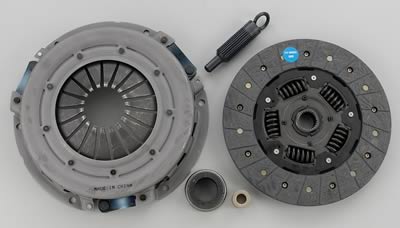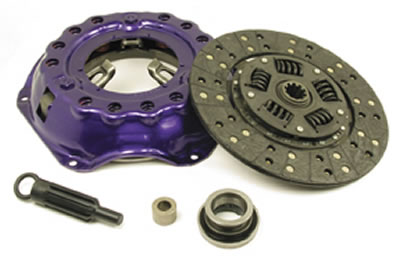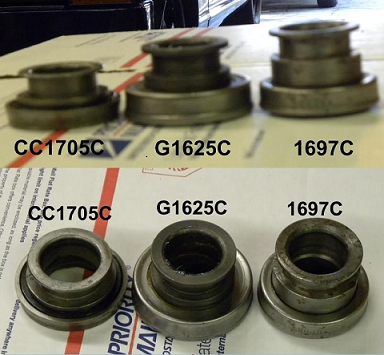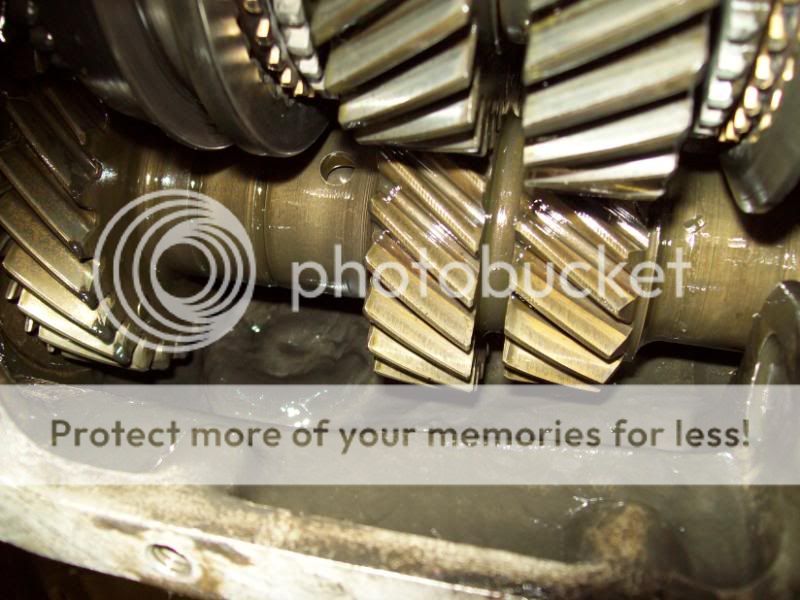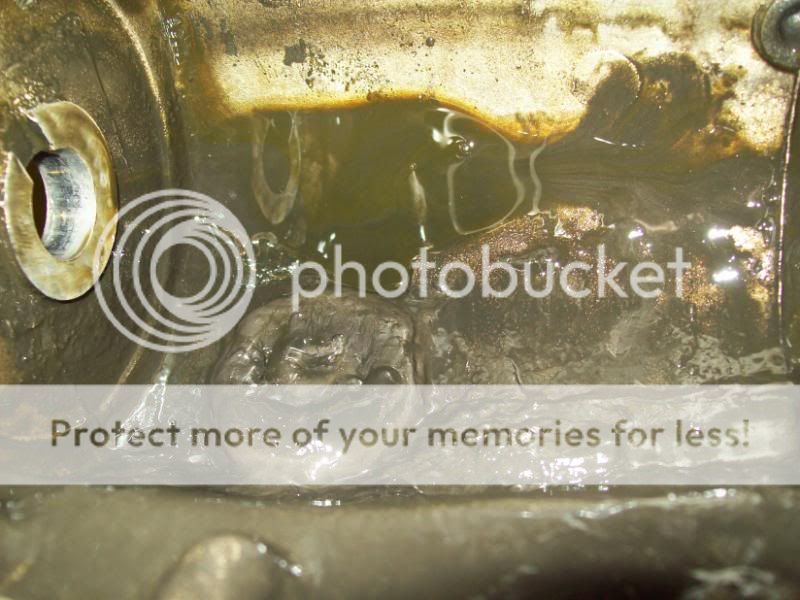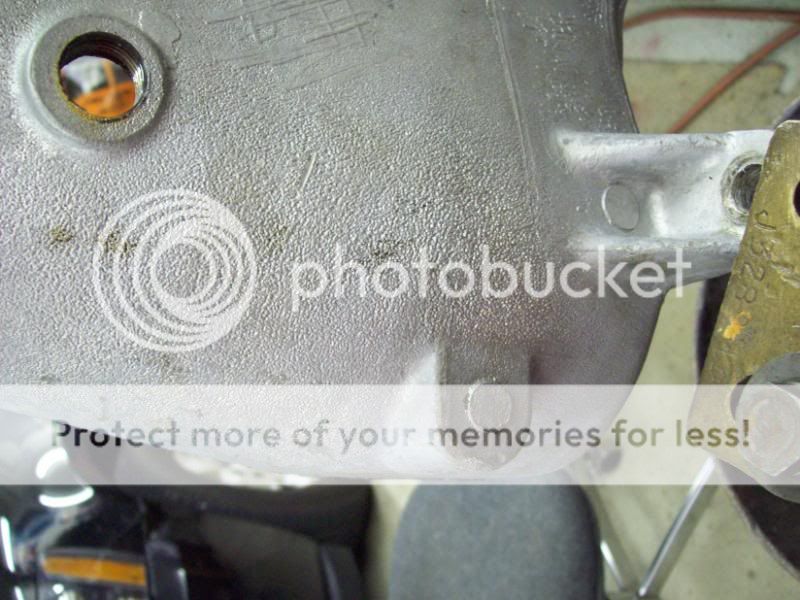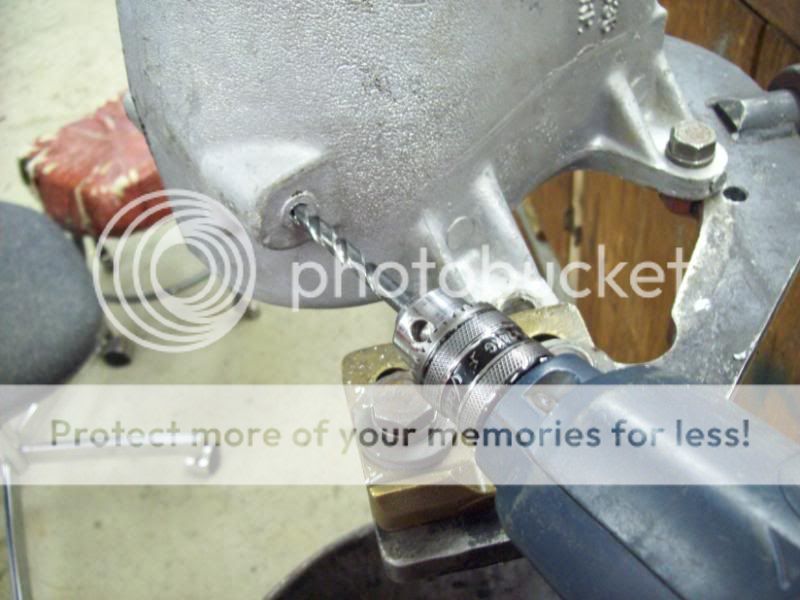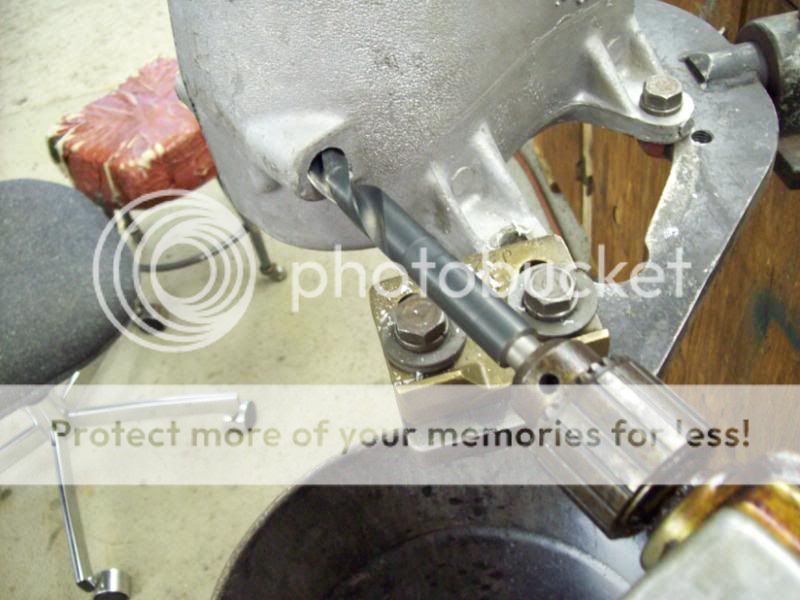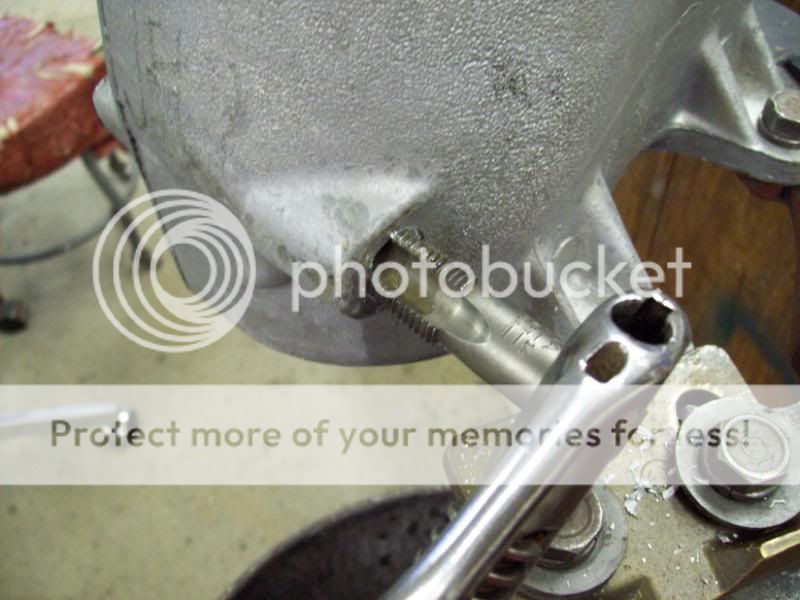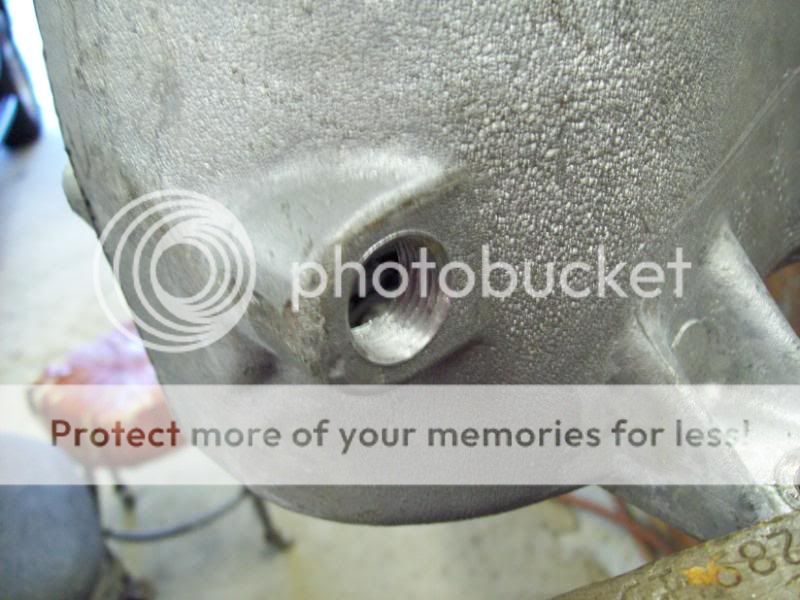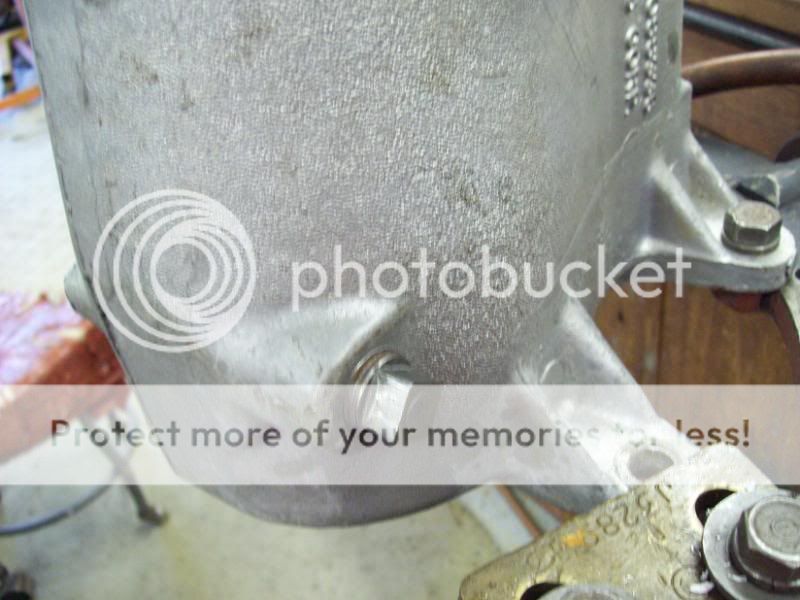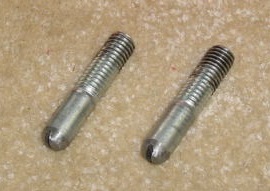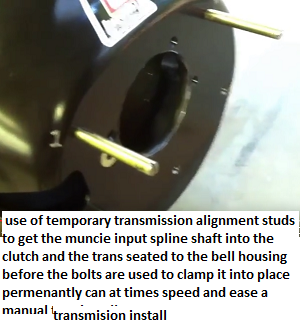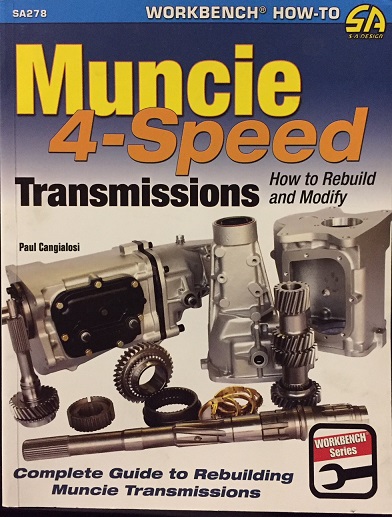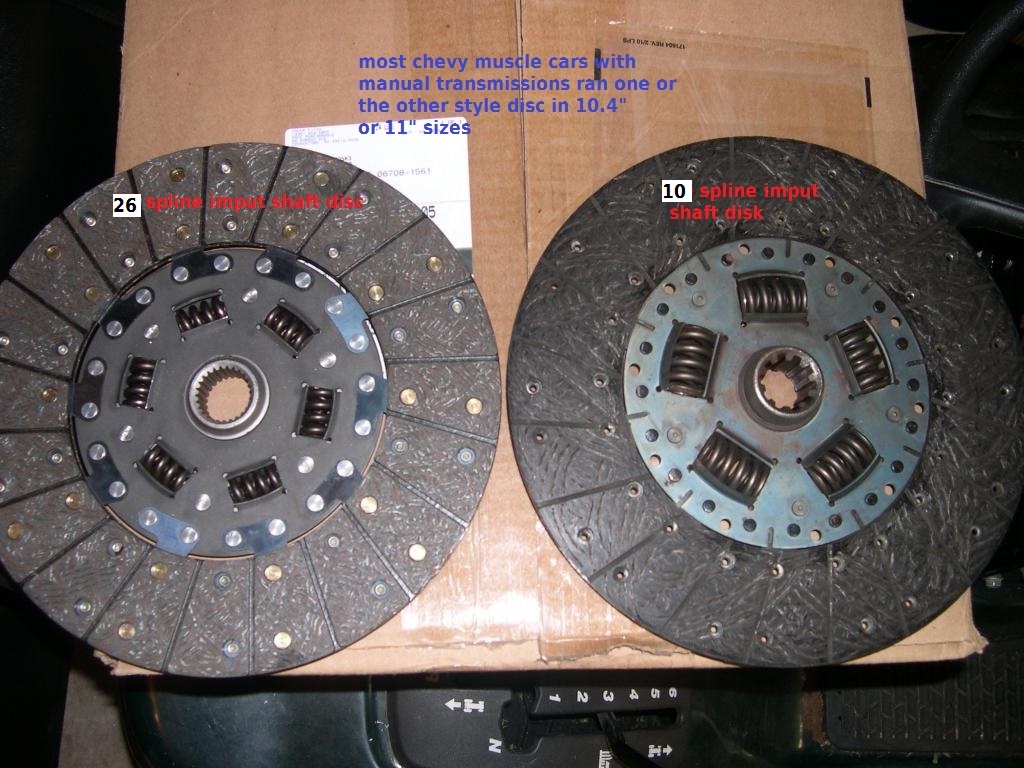https://www.hemmings.com/magazine/mus/2007/08/Muncie-four-speeds/1495624.html
What to look for: hunting down GM's muscle car gearbox
 Muncie four-speeds from Hemmings Muscle Machines
Muncie four-speeds from Hemmings Muscle Machines
August, 2007 -
Jim O'Clair
General Motors used many manual transmissions during the muscle car era. Saginaws, T-10s and Super T-10s have come and gone, but the popularity of the Muncie four-speed has endured right up through the present day with muscle and street car enthusiasts.
The Muncie four-speeds are a very popular transmission with Chevrolet muscle car enthusiasts, and are easily adaptable for a wide range of GM and other non-GM vehicles. They debuted in 1963 Chevrolet full-size cars and Corvettes, and they were originally available in two ratios, 2.20:1 and 2.56:1. GM was phasing out the use of the Borg-Warner T-10 in 1963, and the Muncie 2.56:1 ratio became standard equipment for four-speed applications in the 1964 Chevelle, Nova and Olds F-85/Cutlass.
The early Muncie units built between 1963-'65 had a 7/8-inch input shaft and are not the best transmissions to use in a swap, but it is possible to use them with some changing of the internals. An easier solution would be to find one of the more standardized 2.52:1 or 2.20:1 Muncie four-speeds that were used from 1966-'74. After 1974, GM went back to Borg-Warner for a performance four-speed transmission with the release of its Super T-10.
The following vehicles are likely sources of a Muncie four-speed. Most any mid-size A-, G-, X- or F-body GM vehicle from 1964-'74 could potentially have one.
10-spline units came in these vehicles:
- 1964-'70 Corvettes and Pontiac Tempest
- 1967-'70 Buick Special, Firebird and Camaro
- 1969-'70 Grand Prix
- 1963-'69 Impala
- 1965-'70 Nova and Olds Cutlass/F-85 and Chevelle (except the 1970 w/454)
- 1970 Monte Carlo
26-spline units came in these vehicles:
- 1970 Chevelle 454
- 1971 Grand Prix and Monte Carlo
- 1971-'72 Buick Special and Pontiac Tempest
- 1971-'73 Nova, F85 and Cutlass
- 1971-'74 Firebird, Camaro, El Camino, Corvette, Chevelle and GMC Sprint
- 1973 Buick Century
- 1973-'74 Pontiac Le Mans
When looking for a donor transmission to complete this exchange, there are still some available at local swap meets, salvage yards or car shows. The first thing to look for to identify a Muncie is the side cover. Muncies have seven bolts: two bolts on the bottom, three on the top and one down each side. There are also two 3/8-inch studs for the shift levers protruding from the side cover. The Saginaw four-speed is similar in appearance, although the Muncie's side cover is more irregularly shaped, the top of the cover being noticeably wider than the bottom. Another way to tell the difference is the reverse lever--the Muncie reverse lever stud is in the extension housing, similar to the nine-bolt T-10, whereas the Saginaw has a third stud through the side cover for the reverse shift lever. All Muncie transmission cases are made of aluminum.
These five casting numbers, stamped prominently in the passenger side of the transmission case, identify all Muncie four-speeds:
- 3831704 - 1963
- 3851325 - 1964-'65
- 3885010 - 1965-'67
- 3925660 - 1968-'70
- 3925661 - 1971-'74
Other casting numbers are located on the extension housing, side cover and front bearing retainer. These additional casting numbers will give you clues to the internal parts used in these case numbers. For example, an extension housing casting number of 3857584 indicates the tail shaft housing is from a 1965-'70 passenger car with a 27-spline output shaft. The side cover castings will tell you the type of shift shafts that were used internally.
The 2.20:1 ratio is commonly designated as the Muncie M21 transmission. The 2.56:1 ratio is commonly referred to as the M20. Muncie also had a second close-ratio transmission designated M22 and often referred to as the "rock-crusher," which was used behind the highest-performance engines and in Corvettes, the M22 is a highly sought-after performance transmission. It is the heavy-duty version of the 2.20:1 ratio M21 four-speed. The later model 1971-'74 Muncie units are popular with drag racers, because the 32-spline output is stronger, and better absorbs the higher rpm required for ¼-mile cars.
Early units (1963-'70) had a 10-spline input shaft and a 27-spline output shaft configuration, while 1971-'74 used a 26-spline input shaft. The tail-shaft spline also changed to a 32-spline in 1971. The 27-spline output shafts are the same as the shafts used on many GM automatic transmissions, though the yokes are not always the same length. That is why it's a good idea to try to purchase the entire assembly, consisting of transmission, shifter, bellhousing and slip yoke, whenever possible. It will save you from having to hunt down the correct component pieces after you are into the installation.
Clutch discs, pressure plates, flywheels and, in some cases, starters will be different on some engine or body style applications. You can identify the various M20, M21 and M22 transmissions by the input shaft. GM marked these units in this way so they could be told apart on the production line during assembly and installation. Listed below is some spline-groove identification information:
- 1963-'65 M20 2.56:1 ratio 10-spline 7/8-inch shaft; no grooves; 27-spline output shaft
- 1966-'70 M20 2.52:1 ratio 10-spline 1-inch shaft; 2 grooves; 27-spline output shaft
- 1971-'74 M20 2.52:1 ratio 26-spline 1-inch shaft; 2 grooves; 32-spline output shaft
- 1963-'65 M21 2.20:1 ratio 10-spline 7/8-inch shaft; 1 groove; 27-spline output shaft
- 1966-'70 M21 2.20:1 ratio 10-spline 1-inch shaft; 1 groove; 27-spline output shaft
- 1971-'74 M21 2.20:1 ratio 26-spline 1-inch shaft; 1 groove; 32-spline output shaft
- 1965-'70 M22 2.20:1 ratio 10-spline 1-inch shaft; no groove; 27-spline output shaft
- 1971-'74 M22 2.20:1 ratio 26-spline 1-inch shaft; no groove; 32-spline output shaft
On 1969-and-newer Muncies, you can also find the shift ratio and unit designation as a single letter on the end of the build code:
- A: M20 2.52 ratio (wide)
- B: M21 2.20 ratio (close)
- C: M22 2.20 ratio HD (close)
As with all conversions we feature in this column, we strongly recommend that you remove the side cover and inspect the transmission thoroughly before attempting to install it in your own car. Although the Muncie four-speeds have been out of production for over 30 years, just about any replacement parts you could need to rebuild these units are still readily available. Probably the best time to pull the cover and take a good look is before you actually buy one, as there is no way to tell how many miles are on a used transmission or how hard it was used until you start investigating the internal components.
Normally, cars with a rearend ratio numerically lower than 3.55:1 would not have come with the M22 close-ratio. The main case oil pans on the M20 and M21 did not have a fluid drain plug before 1970, whereas the M22 came with the drain plug in all years. Because aftermarket input shafts do not have the "grooves" designations, the only real way to know if you have the M22 ratio is to open the unit and check the cluster gear. If the helix angle is shallow (around 20 degrees), chances are you have the M22, or someone has upgraded to the M22 gears. M22 gears are also made of a higher-grade nickel alloy. The M20 and M21 cluster gears are cut at a 45-degree angle. The reduced gear angle of the M22 created a problem with noise (hence the name "rock-crusher"). Performance seekers decided to live with the noise when the benefits of increased durability from the gear-tooth angle outweighed the gravelly clatter. If you are not able to locate one of these units, and you really have your heart set on one, there are parts available from several Muncie parts specialists to upgrade your M20 or M21 into an M22.
When converting from an automatic transmission to a Muncie four-speed, GM vehicles with a Turbo 350 or Powerglide automatic can use an early 10-spline input shaft Muncie without having to modify the original driveshaft. Other GM automatic transmissions sharing the same 27-spline output are the Turbo 375, 200-4R and 700-R4. On GM Turbo 350, 200-4R and the 700-R4 automatics, the transmission mount is the same as the one used for the Muncie. The Turbo 400 uses a 32-spline output and the case is three inches longer, so it would be a bit more difficult to swap. When exchanging a Muncie for a TH400, the original yoke can be used on the 1971-'74 M20, M21 or M22--however, the driveshaft would have to be shortened.
Dimensions of the Muncie and many other transmissions are listed on the Hemmings Web site, in the Parts Locator section. These dimensions will help you decide if the Muncie is the right choice for your particular application.
Aftermarket shifters are still readily available for the Muncie, and we recommend that clutch components be replaced with new or rebuilt parts and flywheels should be machined smooth or replaced if any hard spots are found on the surface.
For non-GM cars, adapters are available from Bendtsen's, Hayes, Wilcap or your local speed shop that make the swap possible. Adapter kits allow the Muncie to be put behind many different engines. Here are some adapter kits and adapter bell housings that are available:
- AMC V-8
- Buick V-6
- Buick "nailhead" V-8
- Cadillac flathead V-8
- Buick straight-8
- Chrysler 1951-'53 Hemi
- Chrysler 1954-'59 Hemi
- Chrysler 1954-'59 Poly
- Chrysler flathead 6
- Ford FE V-8
- Pontiac straight-8
- Ford small-block and 351 Cleveland (6-bolt block mount)
- Chrysler small-block
There are also transfer-case adapters available to allow you to use the Muncie in many GM and AMC four-wheel drive applications. These adapters are expensive--some are as much as an additional $700. But it is possible to put a Muncie in your Mustang or Barracuda as well as in your classic De Soto or Buick.
The reputation of the Muncie as being one of the stronger and more reliable four-speed choices makes it a logical choice for many GM muscle car and bracket racing applications when considering such a conversion. But it is also a drivetrain option that should be considered for many other non-GM vehicles as well. If you are having a difficult time locating one of these units, many Corvette suppliers have core units and remanufactured transmissions available. Several aftermarket transmission specialists are also manufacturing new Muncie four-speeds, although you can expect them to cost more than any used unit you locate.
Used units can be found at your local salvage yard for between $400 and $900 depending on year, ratio and condition. A recent ad in
Hemmings Motor News priced a rebuilt M21 at $1,250 and new aftermarket M22s are selling for $1,400 to $2,500. This means that even with a $150 rebuilding kit, you can save a lot of money by getting your hands dirty and spending an afternoon searching through your local pick-a-part or swap meet and counting some splines and grooves.
This article originally appeared in the August, 2007 issue of Hemmings Muscle Machines.
